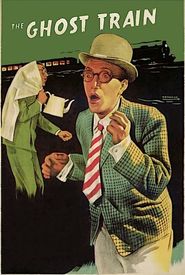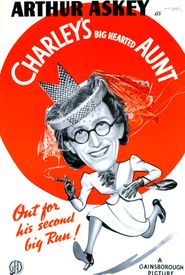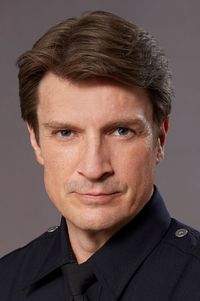Richard Bernard Murdoch's educational background was marked by his attendance at Charterhouse School in Surrey and Pembroke College, Cambridge University. During his time at university, he actively participated in the Footlights Dramatic Club's performances.
Murdoch's early career in cinema began with an uncredited role as a dancing extra in the 1932 film "Looking on the Bright Side". In 1937, he was listed among the cast of the "Television Follies", an early BBC Television programme.
Murdoch's big break came in 1938 when he joined the British Broadcasting Corporation's comedy radio programme "Band Waggon" as part of a double act with the rising star Arthur Askey, earning the nickname "Stinker" due to his superior formal education.
As Askey transitioned from radio to cinema at the end of the 1930s, Murdoch followed him and they appeared in a number of Askey star vehicle films together. Murdoch's tall athletic physique, good looks, and upper-middle-class English Home Counties demeanor provided a comedic contrast to Askey's short stature, homely appearance, Lancashire provincial accent, and working-class performance persona.
Their partnership ended during World War 2 when Murdoch joined the Armed Forces, but they briefly rekindled their working relationship in the late 1950s for the television series "Living It Up".
Murdoch was conscripted into the Royal Air Force in 1941, serving as a junior intelligence officer with Bomber Command before being posted to the Department of Allied Air Force and Foreign Liaison as a Flight Lieutenant. In 1943, he joined the Directorate of Administrative Plans at the Air Ministry, where he shared an office with Wing Commander Kenneth Horne, overseeing the supply of aircraft and air equipment to Russia. He concluded the war with the rank of Squadron Leader.








































